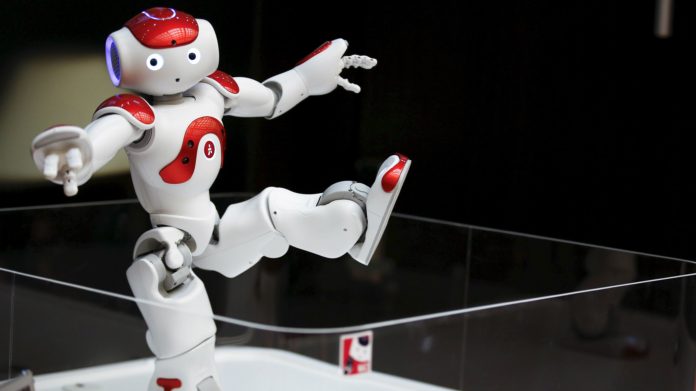Programming robots to make simple mistakes could convince more humans to include them at the workplace. A study in Austria showed that robots’ interaction with humans became more positive when the robots made simple mistakes such as dropping a pen. Talking about imperfect robots, Nicole Mirnig, a fellow at the University of Salzburg’s Center for Human-Computer Interaction said, ”People who interacted with the faulty robots liked them more.” The study used Nao robots from Japan’s SoftBank Corporation and looked similar to humans. During the study, the robots committed errors that included clumsy physical movements and commonly-seen-yet-a-bit-odd social behavior such as asking someone to repeat a statement. Among all the human-robots interactions, during half of the interactions, robots made some mistakes whereas they worked flawlessly during other interactions.
A video camera recorded the sessions to observe social cues like laughter, gaze shifting, and positive responses to the errors. Human participants also discussed their interactions. Humans still continued to work with the robot when they would make mistakes. The humans also took note of these mistakes.
A More Natural Robot and Human Interaction
The creation of these “believable robot characters,” and the natural interactions would introduce an easier adoption of robotic technology. Human-to-robot interaction could improve in making it more like human-to-human communication. The same interactions with people often arise, even when they communicate with robots. And, since people view robots as too perfect, this ends up reminding them of their own weaknesses. As a result, interactions aren’t as smooth and appealing. Therefore, imperfect robots seem to be the way forward.
Mirnig also said that this study confirms the pratfall effect, a psychology postulation that describes individuals as more likeable after they’ve committed mistakes. Mistakes actually allow individuals to be more sympathetic, and this could apply as well in how people perceive a robot. But there is also the possibility of humans rejecting a robot that makes too many mistakes. So, it’s also crucial for engineers to ensure that the imperfect robots make only simple mistakes and nothing serious. That might have implications that humans wouldn’t be comfortable with.


















